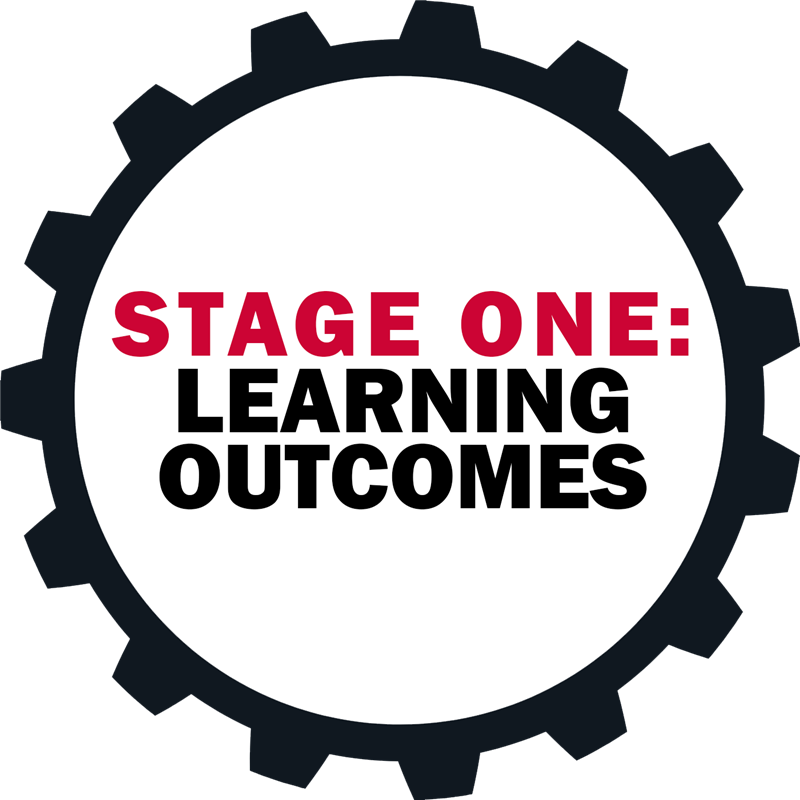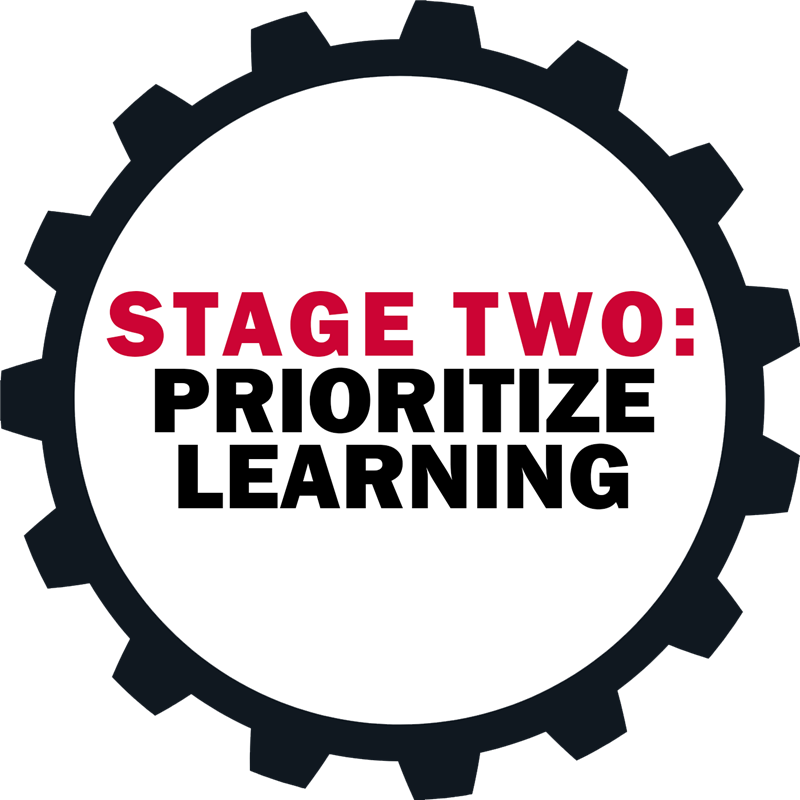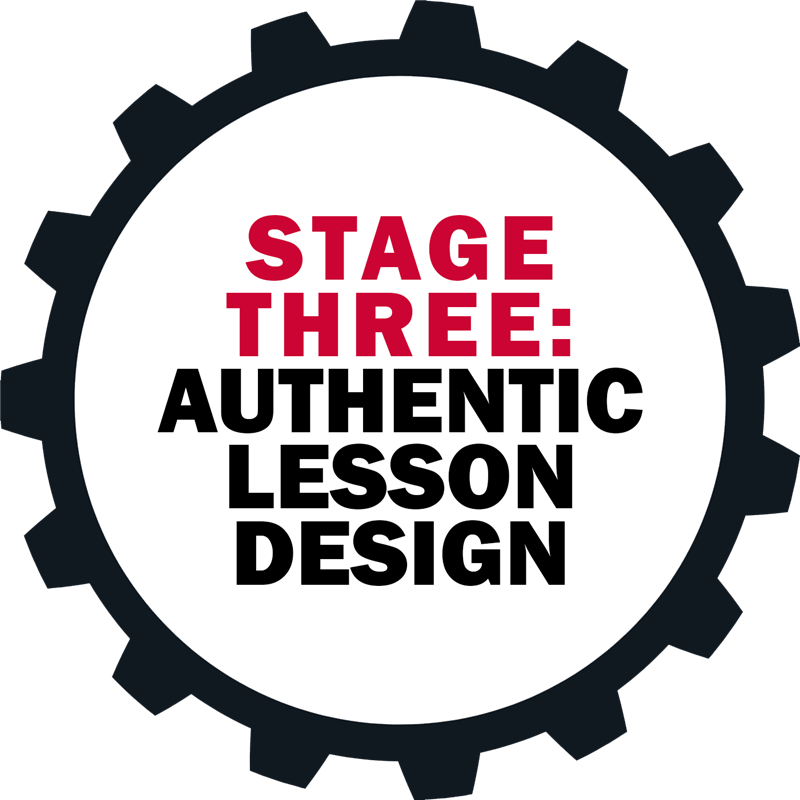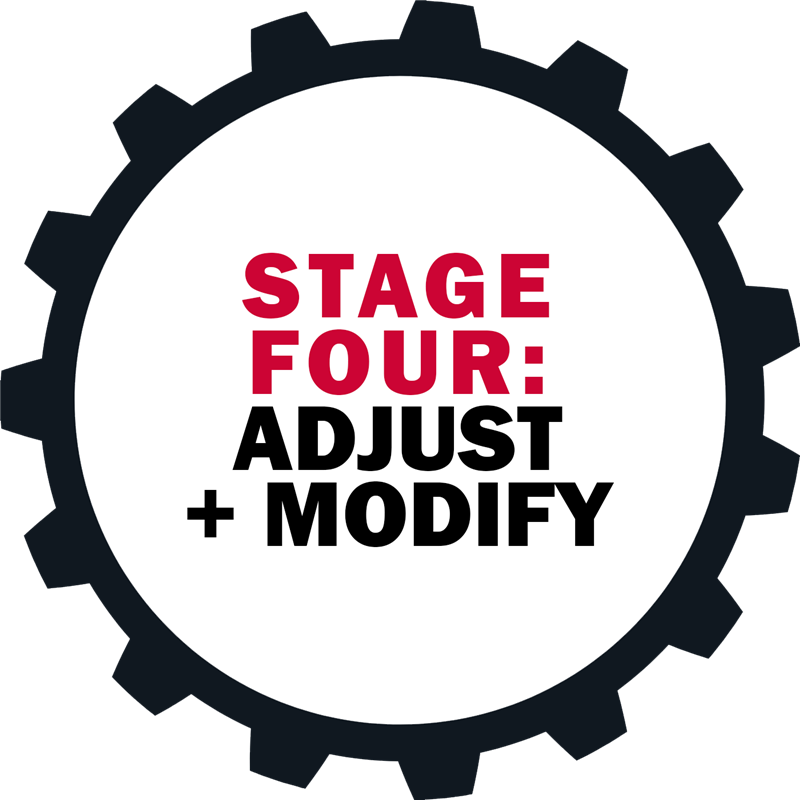-

"As educators . . . we need a shared vision of the skills and dispositions that students will need to be successful regardless of the content." - Arthur L. Costa & Bena Kallick
Curriculum design involves weaving together the basic elements of content, skills and assessments.
Working with Standards:
Learning standards describe what learners should know and be able to do. Curriculum design works with standards to derive the concepts from which deeper understandings can occur, rather than reducing learning to remembering isolated, random knowledge and skills.
 Stage One - UBD (Curriculum Design and Desired Outcomes): In Stage 1 of curriculum design, curriculum directors facilitate the design and prioritize the learning standards (TEKS, ELPS, CCRS, Pre-K Guidelines, Global Competencies) in order to support vertical and horizontal alignment. In addition, this stage includes transfer goals, enduring understandings and essential questions for each unit of study, noting what students will understand and continue to consider during and beyond the learning process. Along with associated content vocabulary, the acquisition of knowledge and skills are noted, with delineation between what learners will knowledge and be able to do following the unit of study.
Stage One - UBD (Curriculum Design and Desired Outcomes): In Stage 1 of curriculum design, curriculum directors facilitate the design and prioritize the learning standards (TEKS, ELPS, CCRS, Pre-K Guidelines, Global Competencies) in order to support vertical and horizontal alignment. In addition, this stage includes transfer goals, enduring understandings and essential questions for each unit of study, noting what students will understand and continue to consider during and beyond the learning process. Along with associated content vocabulary, the acquisition of knowledge and skills are noted, with delineation between what learners will knowledge and be able to do following the unit of study.  Stage Two - Prioritize Learning: In Stage 2 of curriculum design, curriculum directors recommend performance assessments to measure learner progress towards mastery. For additional support with assessment, please review Chapter 5 on Assessment.
Stage Two - Prioritize Learning: In Stage 2 of curriculum design, curriculum directors recommend performance assessments to measure learner progress towards mastery. For additional support with assessment, please review Chapter 5 on Assessment. Stage Three - Authentic Lesson Design:
Stage Three - Authentic Lesson Design: Stage Four - Adjust and Modify:
Stage Four - Adjust and Modify:
Select a School...
Select a School
- Coppell High School
- Coppell High School Ninth Grade Campus
- New Tech High @ Coppell
- Victory Place @ Coppell
- Coppell Middle School East
- Coppell Middle School North
- Coppell Middle School West
- Austin Elementary
- Canyon Ranch Elementary
- Cottonwood Creek Elementary
- Denton Creek Elementary
- Lakeside Elementary
- Richard J. Lee Elementary
- Mockingbird Elementary
- Pinkerton Elementary
- Town Center Elementary
- Valley Ranch Elementary
- Wilson Elementary
- The Learning Framework
- Digital Learning
- Graduation Ceremonies


